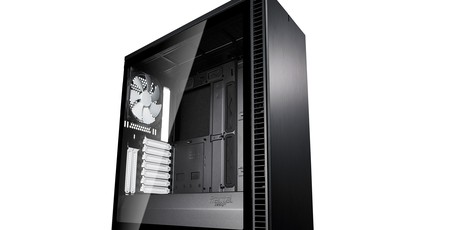
Manufacturer: Fractal Design
UK price (as reviewed): MSRP £137.99 (inc. VAT)
US price (as reviewed): MSRP $149.99 (exc. tax)
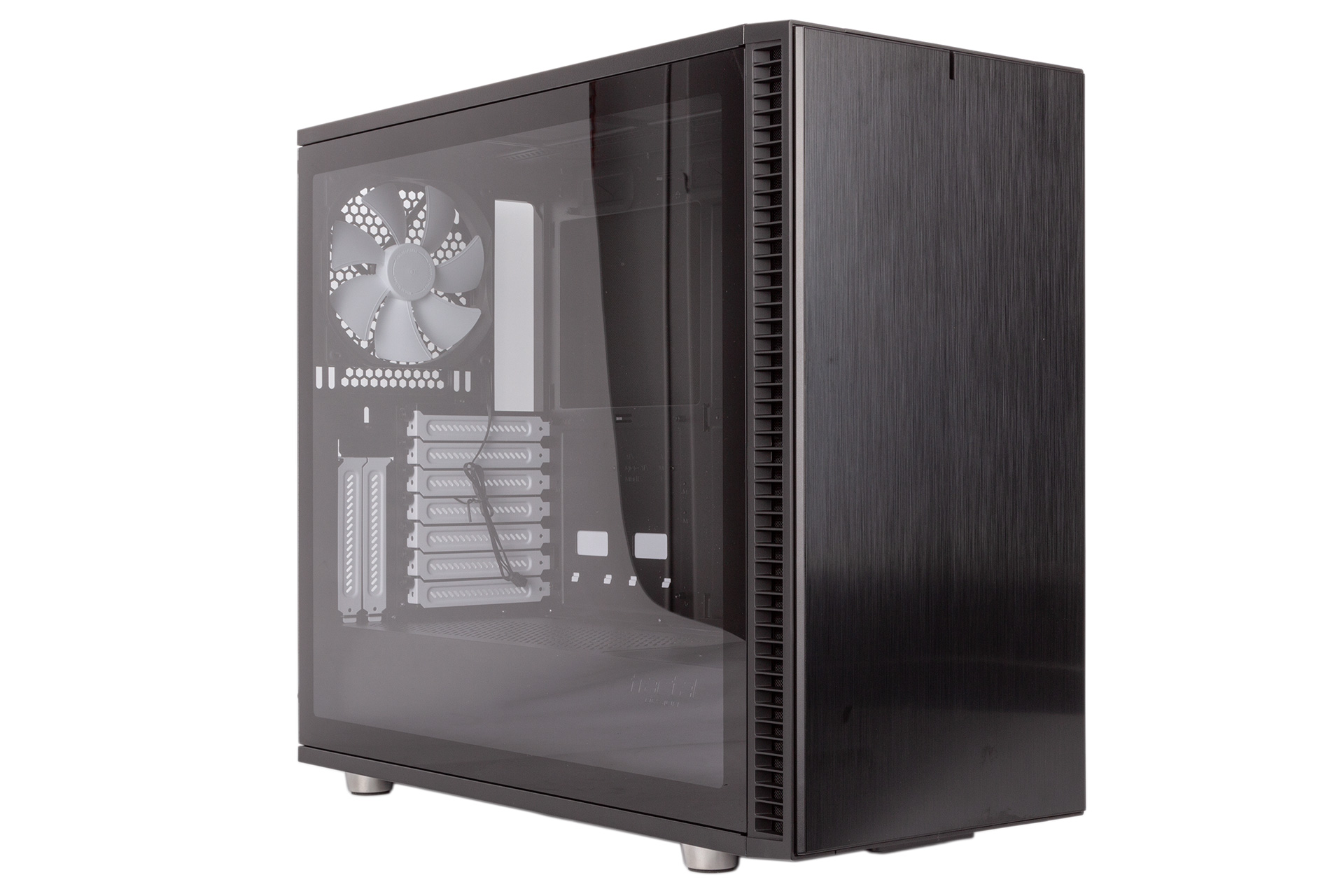
The new chassis is available in black with white highlights (our sample), a blackout version (no white highlights), white, and gunmetal, all with tempered glass side panels; there’s no steel panel version as there is with the Define R6.

Hewn almost entirely from steel, the Define S2 is a very solid case. While the core front panel is plastic, even here you get a decent brushed aluminium front fascia. Both side panels feel well made, and the tempered glass one avoids having ugly mounting points by being attached to a steel bracket which locks it to the back of the case. It’s also fairly clear, having only the lightest of tints, and a little included cleaning cloth will help you keep it that way. Meanwhile, rubber-tipped feet give the chassis plenty of clearance and grip, completing the package nicely. Overall we’d say build quality is where you’d want it to be for the price.

The excellent front I/O panel is well equipped with four classic USB ports (two 3.0, two 2.0) and a USB 3.1 Gen 2 Type-C for good measure, with the latter also supporting fast charging. The power button has a satisfying action, and the selection is rounded out with the ever faithful 3.5mm audio jacks. There’s no fan control, and… wait for it… no RGB lighting at all!
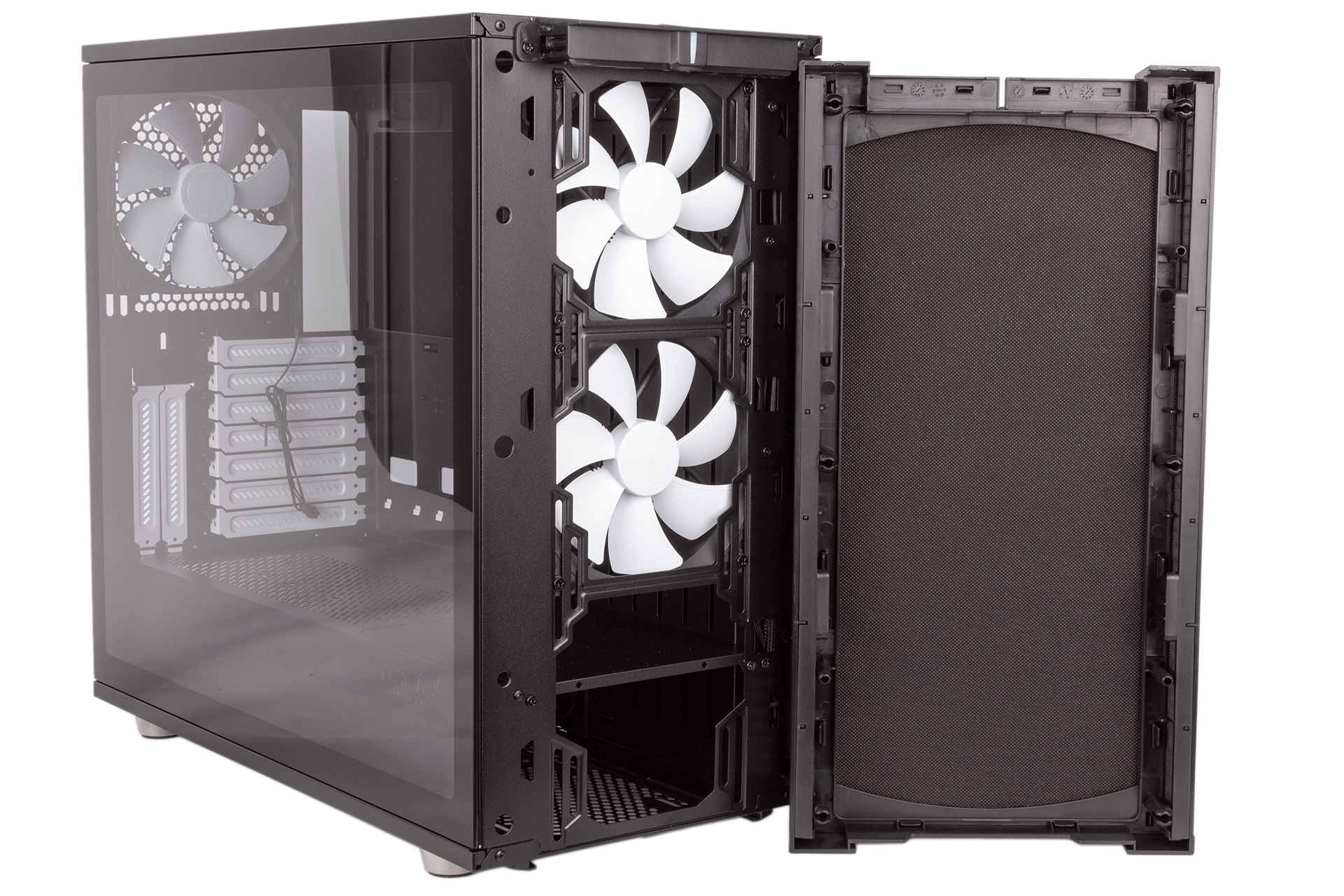
With a sealed roof, a completely solid front fascia, and zero ventilation on the side panels, airflow is going to be very limited in the default state – worryingly so, in fact. There is ventilation down the sides of the front panel, and Fractal says this has been expanded, but the point stands, especially as each of the three 140mm fans (two front intake, one rear exhaust), cap out at just 1,000 RPM. There is some ventilation in the bottom of the case, but the positive pressure from having double the amount of intake fans means air will probably be pushed out of here rather than drawn in. Users do at least have scope to add six more 120mm or 140mm fans using additional spaces in the front, top, and bottom – an impressive level of support.
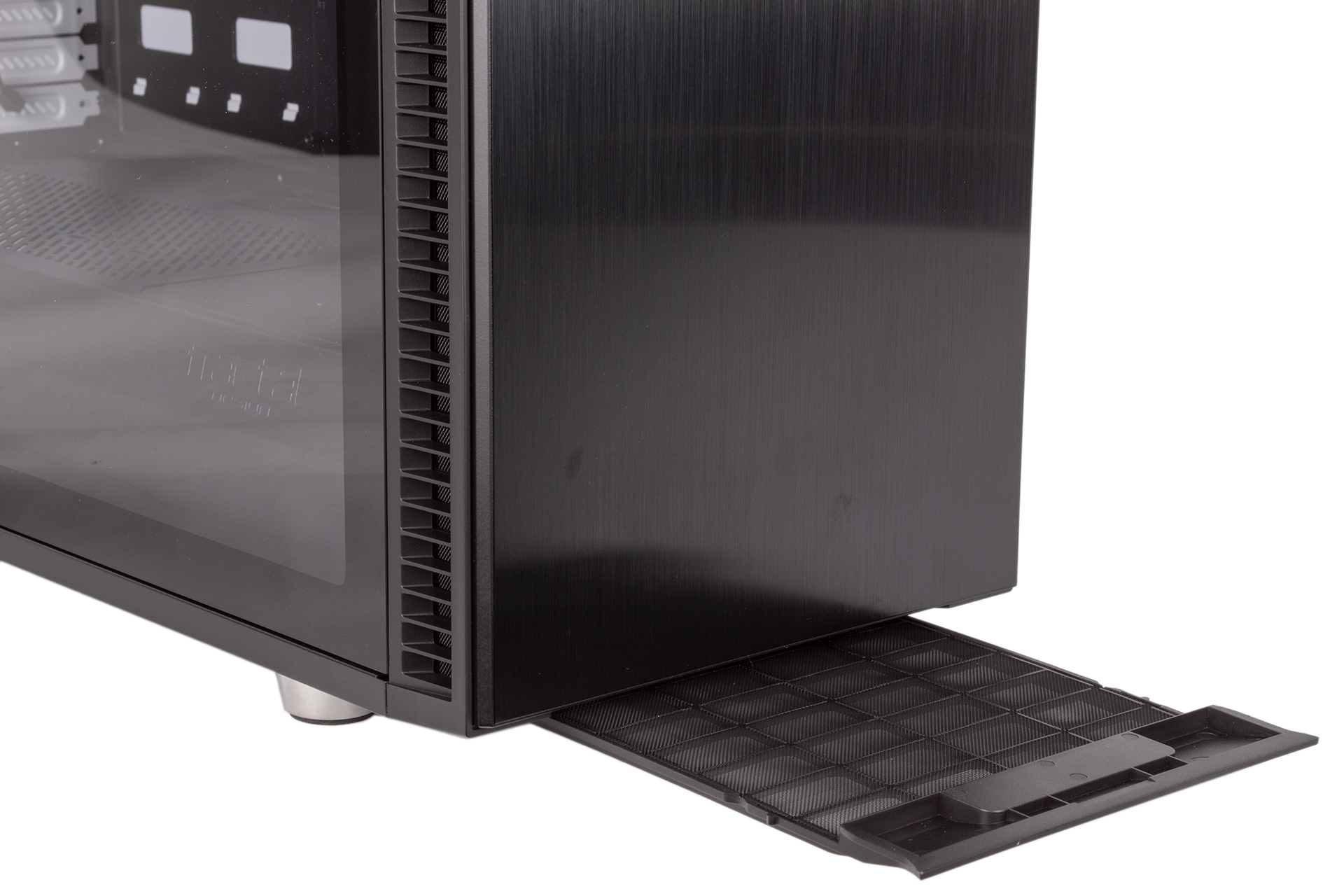
From the front, you can pull the bottom dust filter completely out for cleaning – doing it this way is much easier than having to make room behind the PC, though it’s a touch fiddly realigning it when reinserting. The front panel also pulls cleanly away from the chassis, as the I/O panel is integrated as its own removable unit. This panel also has removable dust filters fitted behind the ventilation strips, and there’s enough space to install fans on the outside of the chassis, although then the side ventilation strips would be even less effective.


You may have noticed a rectangular central section of the roof. This is the case’s ModuVent 3 panel, which a button on the back releases. This gives you access to the roof fan mounting area. ‘But won’t any fans here be useless due to a lack of ventilation?’, we hear you cry. That’s where the ModuVent panel shines, as it actually contains a secondary plastic ventilation panel within it. Prying it apart from the steel is a bit of a task and involves way too much force, but once it’s separated it just pops into place, et voila, you have a well ventilated roof area, and dust filtering material is again integrated.
Specifications
- Dimensions (mm) 233 x 543 x 465 (W x D x H)
- Material Steel, plastic, aluminium, tempered glass
- Available colours Black/white, blackout, white, gunmetal
- Weight 13.4kg
- Front panel Power, reset, 1 x USB 3.1 Gen 2 Type-C, 2 x USB 3.0, 2 x USB 2.0, headphone, microphone
- Drive bays 3 x 3.5"/2.5", 2 x 2.5"
- Form factor(s) E-ATX (up to 285mm), ATX, micro-ATX, mini-ITX
- Cooling 3 x 140mm/120mm front fan mounts (2 x 140mm
fans included), 1 x 140mm/120mm rear fan mount (1 x 140mm fan included),
3 x 140mm/120mm roof fan mounts, 2 x 140mm/120mm bottom fan mounts (fans not included)
- CPU cooler clearance 185mm
- Maximum graphics card length 440mm
- Extras Removable dust filters, nine-port fan hub (3 x four-pin PWM, 6 x three-pin), braided SATA power to 3 x SATA power splitter cable, glass cleaning cloth

MSI MPG Velox 100R Chassis Review
October 14 2021 | 15:04

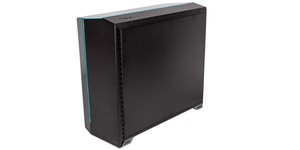
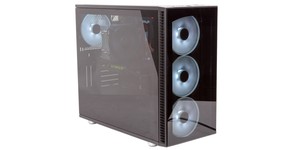
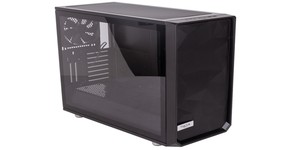




Want to comment? Please log in.